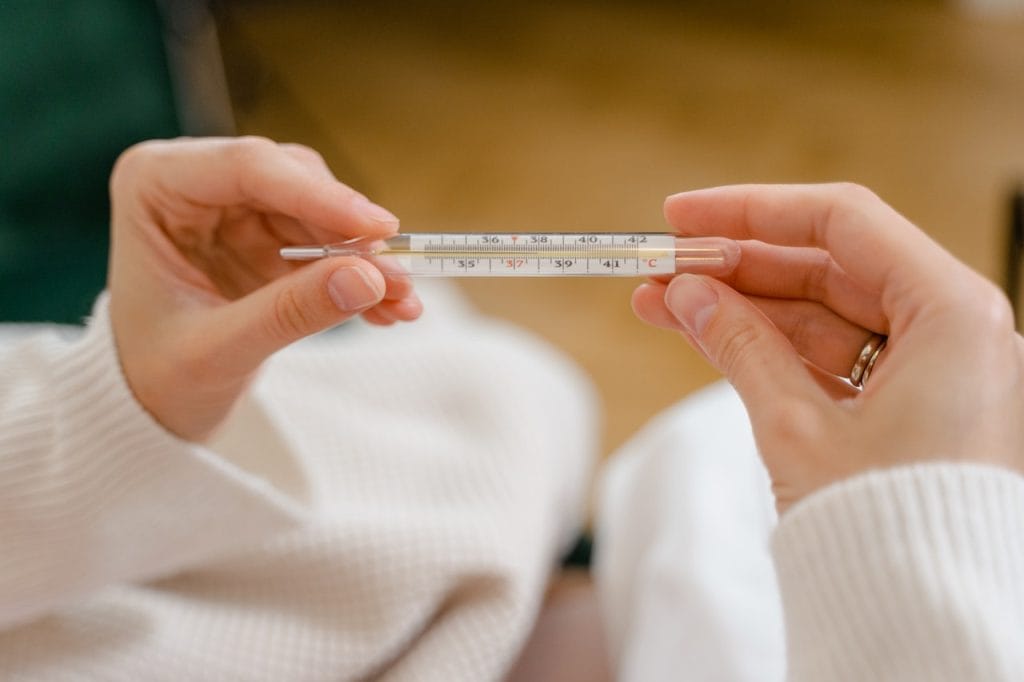It is believed that normal temperature is 36.6 °C. We decided to check whether there really is a scientific basis for this and how this number was determined.
Information that 36.6 °C - this is the norm, you can meet on websites medical institutions. IN women's And men's magazines write, What is this ideal, entertaining And popular science portals too support this is an opinion. They write about this in children's books and medical popular encyclopedias. One of the largest Russian pharmacy chains is called "36.6" - with a hint of the supposedly normal temperature of a person.
In our analysis, we will use the Celsius scale; in some foreign studies, the figures are given in Fahrenheit; for convenience, we will also convert them to Celsius.
First of all, it is worth noting that even in the scientific community there is no strict consensus on what exact temperature is considered normal. For example, in some Western countries the norm is counts not 36.6 °C at all, but 37 °C. We were unable to find out where the number 36.6 came from in the mass consciousness, since in medical encyclopedias is given either 37 °C, or a range of temperatures that are considered normal. We also failed to find any literary or cinematic primary source for this misconception.
Where did the first “reference” numbers come from? In the mid-19th century, the German scientist Karl Wunderlich measured axillary temperature in 25,000 people, summarized the data and derived 37 ° C as an average value. That is, even then this figure was not a standard, but only an “average for the hospital.”
In 1992, at the Maryland Vaccine Development Center were carried out trial of a new vaccine, and 148 healthy volunteers, men and women aged 18 to 40, had their temperatures taken three to four times a day for three days. The average value was 36.8 °C.

IN research In a 2017 study conducted in the outpatient department of a large hospital in the United States, scientists collected temperature readings from 35,000 people and found the same 36.6 °C as the average. Nevertheless, the spread of values was quite large - from 35.3 to 37.7 °C. Study participants had no infectious diseases, were not taking antibiotics, and were generally expected to have normal temperatures. Earlier Swedish scientists summarized studies of the body temperature of healthy people conducted from 1935 to 1999 - there the spread was even greater: from 33.2 to 38.1 ° C.
Why are the values so different? First, it is important how exactly to measure temperature. For example, oral temperature May be below the rectal axillary - even lower. This is due to the fact that the skin somehow cools in the air, so the temperature measured inside the body will always be higher than outside.
In addition, many factors can influence body temperature. So, women in general, somewhat “hotter” than men. And if they also accept birth control pills containing progesterone, their temperature may be another 0.6 °C higher. Temperature of menopausal women during tides may also increase. Matters age: Older people have lower temperatures than younger people. Eat theorythat body temperature is also affected by weight: in people with diagnosed obesity, this indicator was reduced. It is important and timewhen the measurements were taken, since our body naturally heats up and cools down by 0.25–0.5 °C during the day. Oral measure the temperature can be measured only half an hour after smoking, eating and hot or cold drinking; after physical activity or a hot bath, you need to wait about an hour with any method of change - all this can also affect the results.

Recently, scientists at Stanford University even put forward theorythat even the same “average temperature in the hospital” has been decreasing over the years. They analyzed data on human body temperature for three periods: 1860–1940 (from military service records, medical records and pension records of US Civil War veterans), 1971–1975 (results from the US National Health and Nutrition Examination Survey), and 2007–2017 (data from adult patients visiting Stanford Health Care). It turned out that over 157 years, the average temperature measured orally has decreased by almost half a degree and is now approximately 36.4 ° C.
Scientists assumed: This change may be due to the fact that modern thermometry is simply more accurate than in the 19th century, but it is more likely, in their opinion, that body temperature is falling due to more comfortable temperatures in homes, increased hygiene and affordable healthcare. Wunderlich based his study on supposedly healthy people, but at the time there were much more common tuberculosis, syphilis, dysentery and other diseases that may not be visible at first glance and still increase the temperature.
Thus, we cannot assume that 36.6 °C is the absolute norm for every healthy person at any time, since we were talking about searching for some kind of average indicator. Yes, and he, according to initial calculations, was different. In addition, body temperature is affected by the time and method of measurement, age, weight, taking certain medications, even the gender of the person. Research shows that the difference in temperature between different people can reach several degrees.
Mostly not true
Read on the topic:
- Is it true that sitting on cold surfaces is dangerous to your health?
- Is it true that sitting close to the TV is bad for your health?
- Is it true that you need to walk 10,000 steps a day to be healthy?
If you find a spelling or grammatical error, please let us know by highlighting the error text and clicking Ctrl+Enter.






